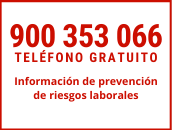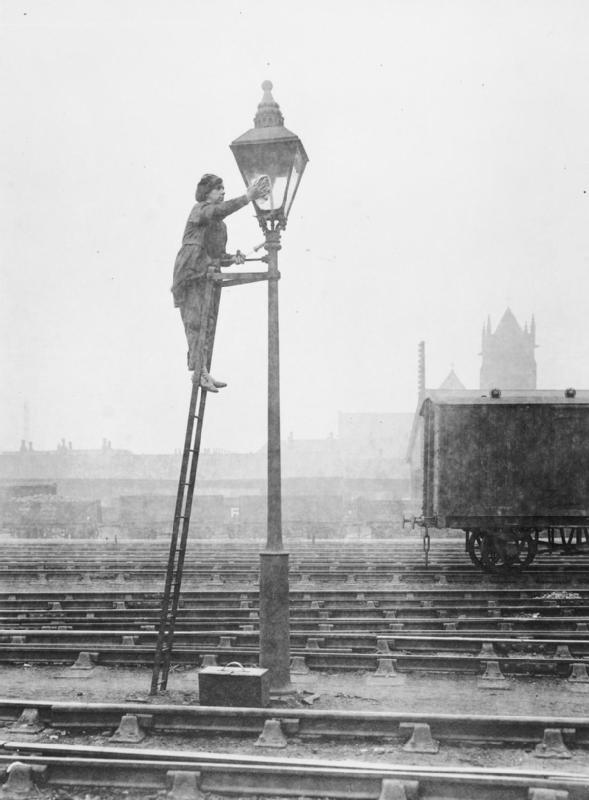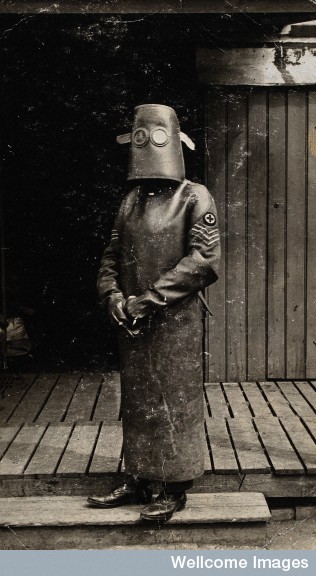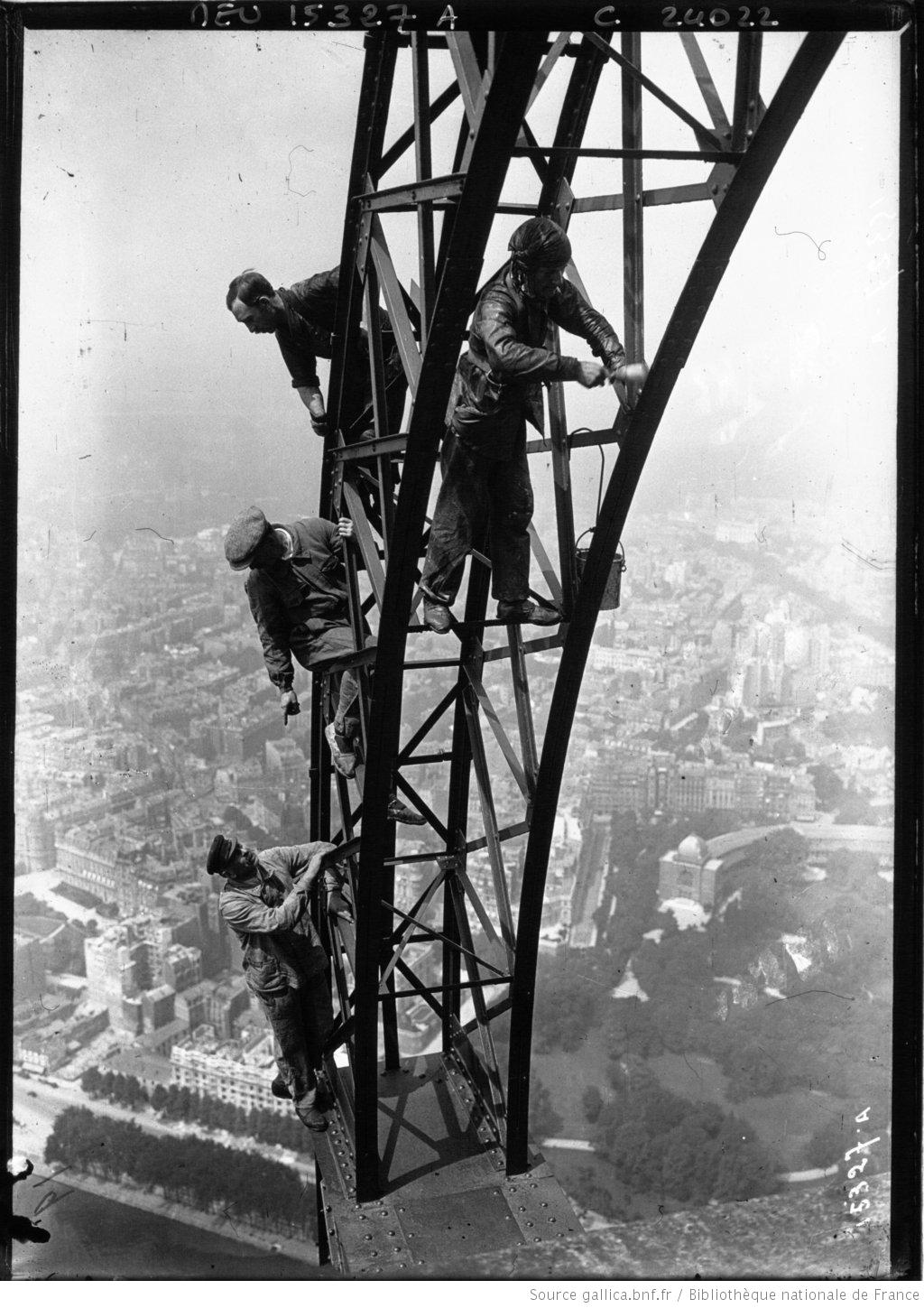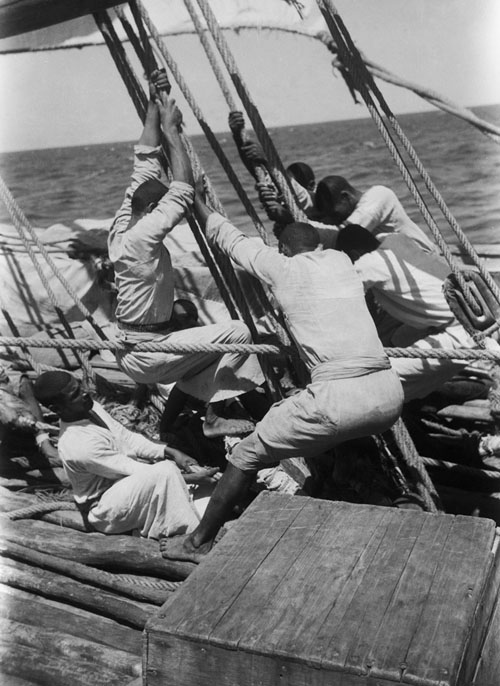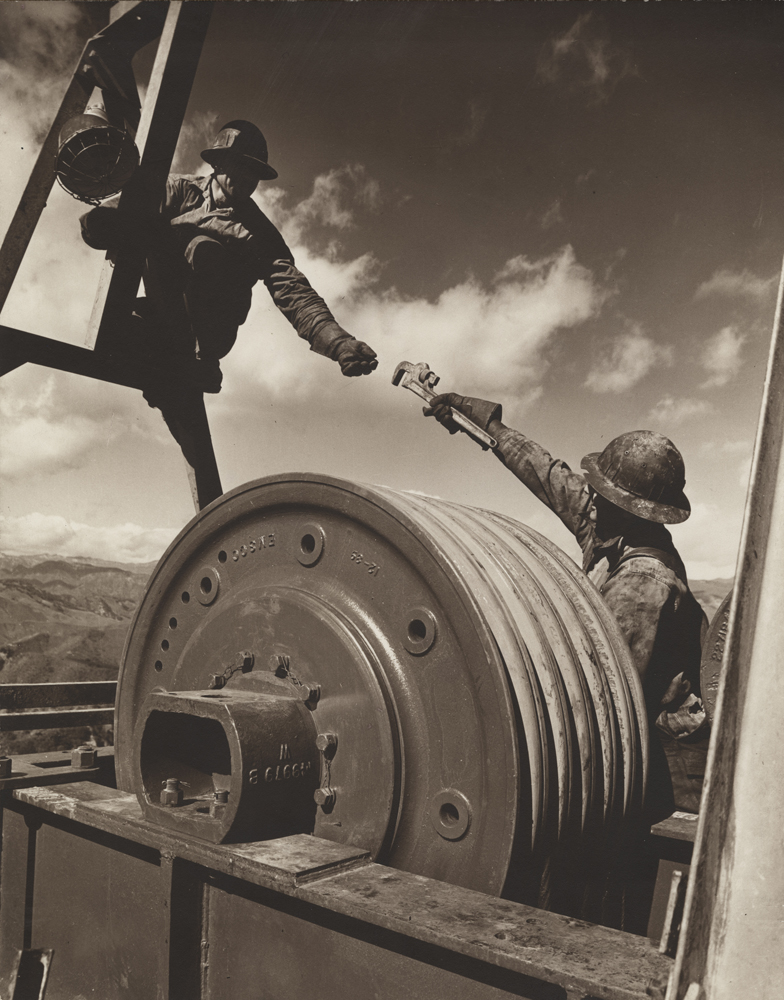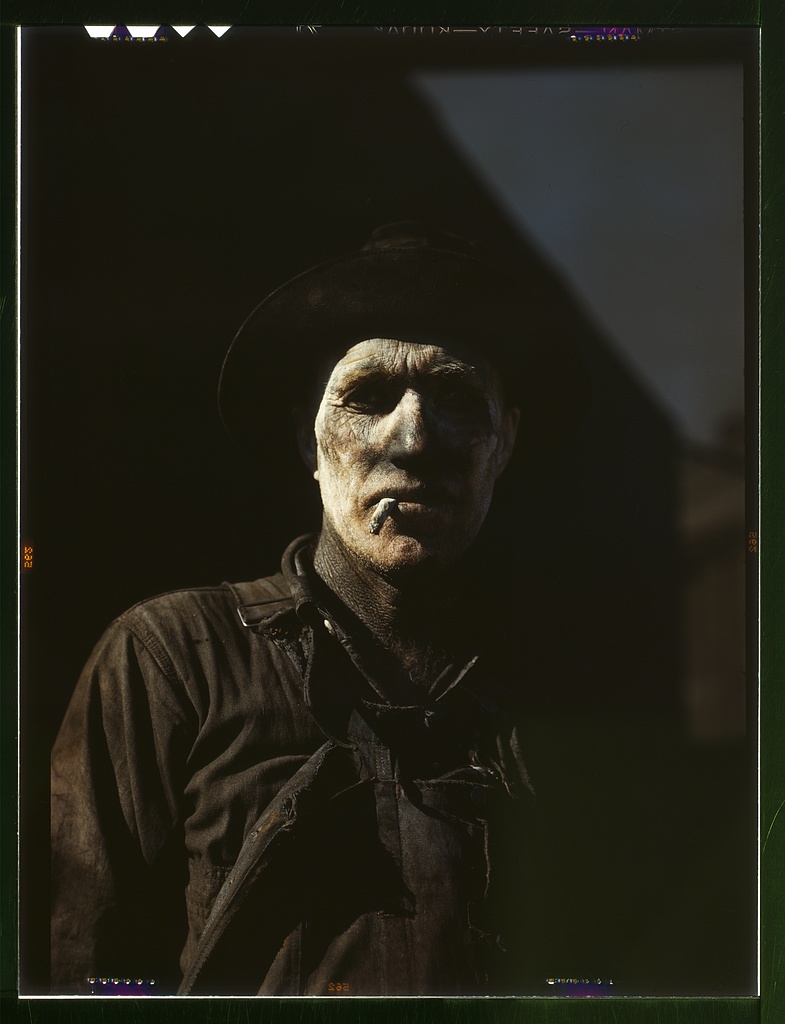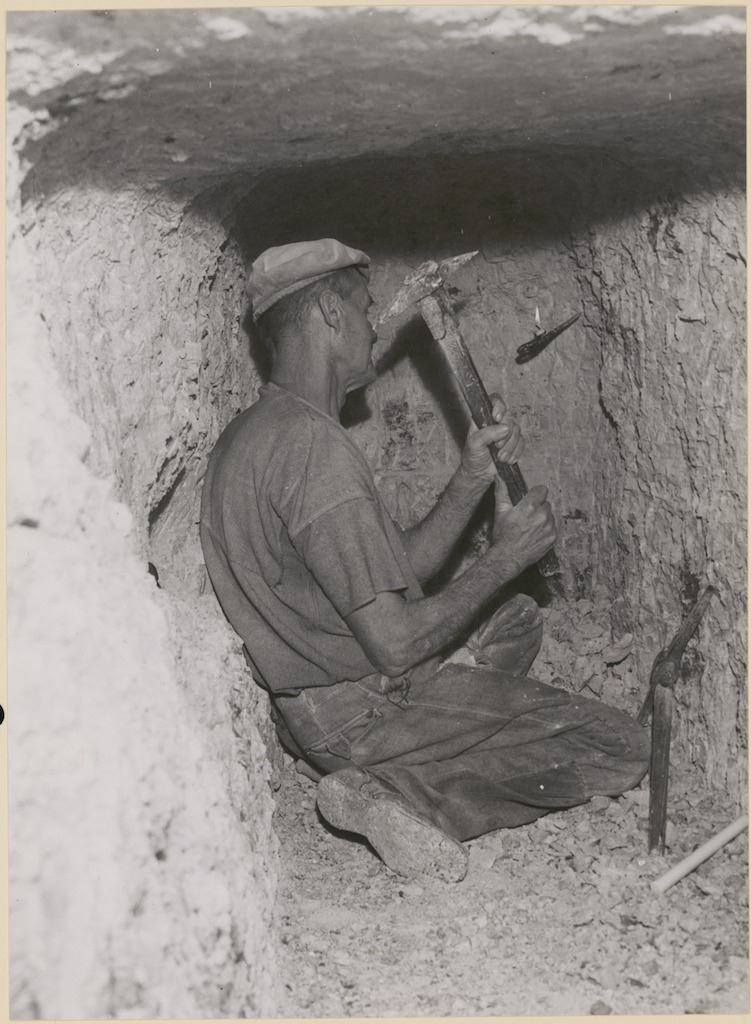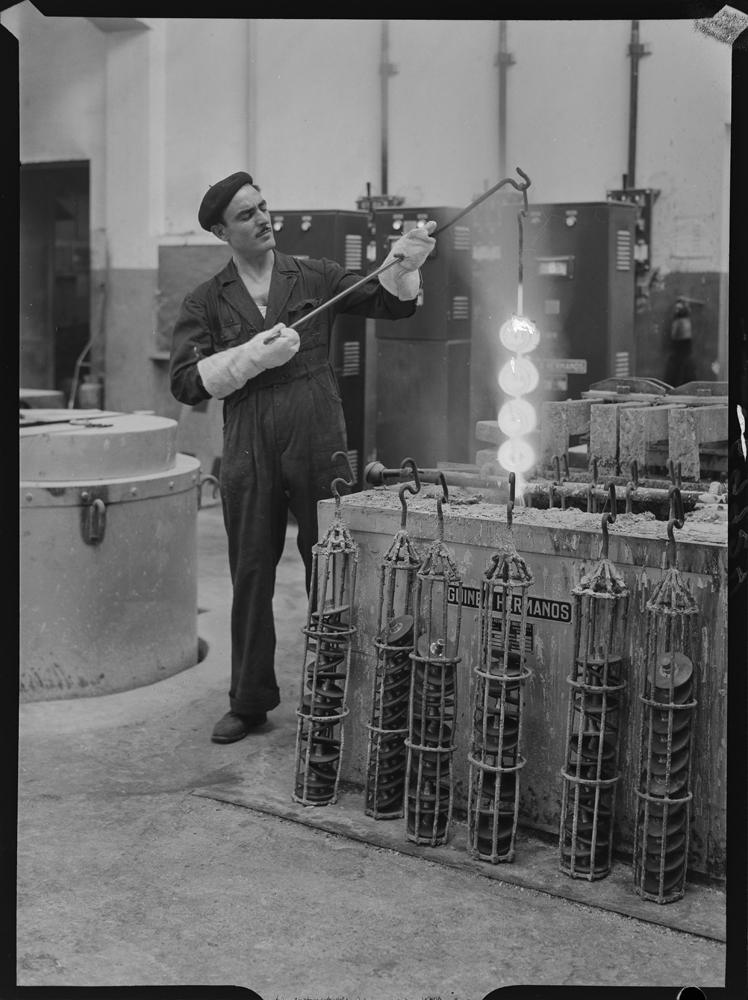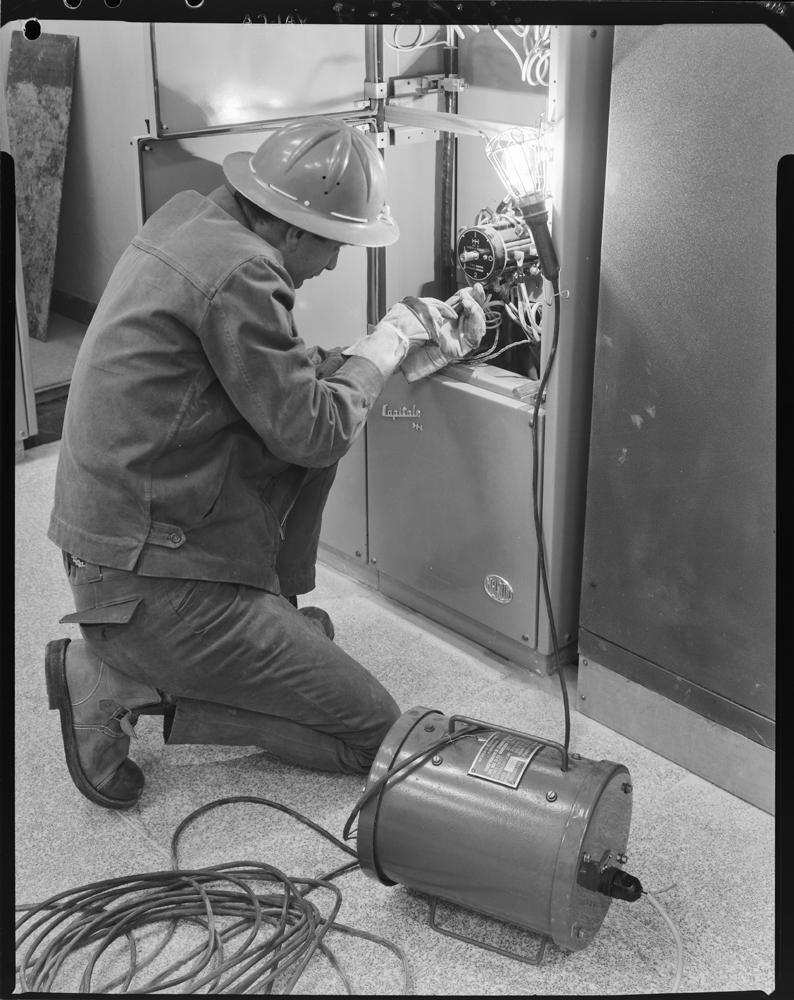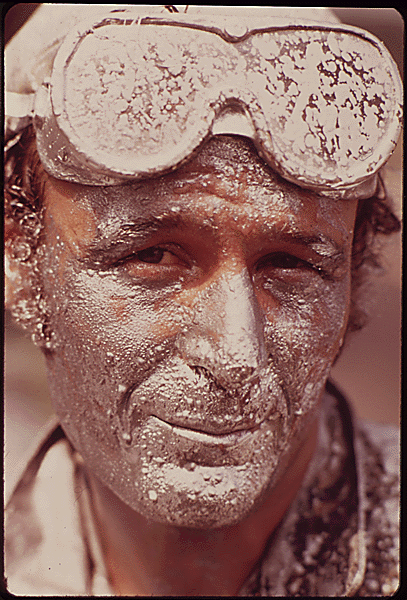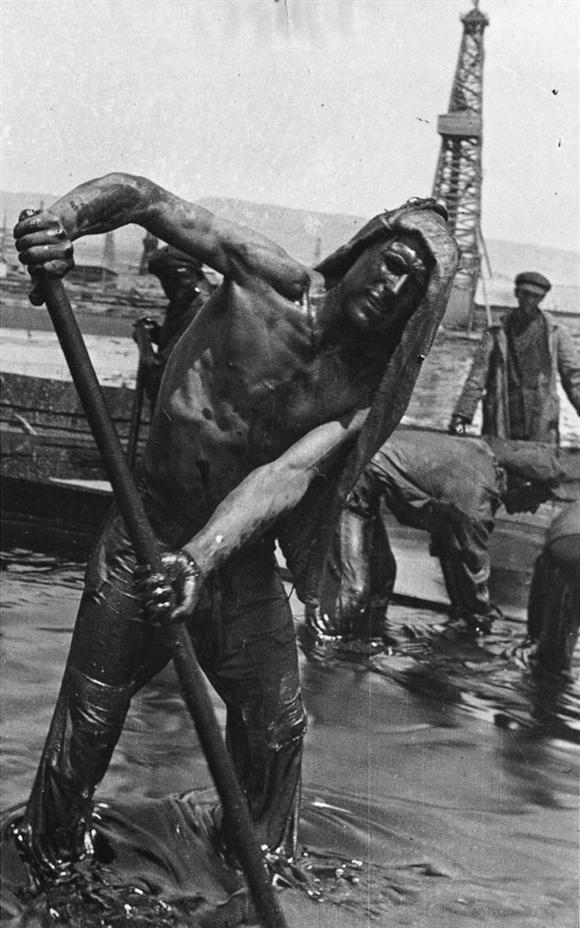LINDALHL, Cecilia (2014). Risk factors for occupational injuries during cattle handling on Swedish dairy farms - INVASSAT
Atrás LINDALHL, Cecilia (2014). Risk factors for occupational injuries during cattle handling on Swedish dairy farms
LINDALHL, Cecilia (2014). Risk factors for occupational injuries during cattle handling on Swedish dairy farms
LINDALHL, Cecilia. Risk factors for occupational injuries during cattle handling on Swedish dairy farms [online]. Tesis doctoral. Alnarp (Suecia): Swedish University of Agricultural Sciences, 2014. 111 p. (Acta Universitatis agriculturae Sueciae; 2014:23). [Consulta 26.11.2014]. ISBN 978-91-576-7995-6.
Esta tesis analiza los factores de riesgo asociados al la ganadería láctea en Suecia. Se emplearon diversos métodos de recogida de datos que incluyen entrevistas con los proguctores de leche, observaciones sobre su comportamiento y frecuencia cardíaca, tanto del ganadero como de las vacas, características de las instalaciones... Los resultados indican que, si bien los productores de leche suecos son conscientes de los riesgos en el trabajo con el ganado y reconocen la seguridad como un tema importante y relevante, a menudo se desatienden medidas para garantizarla.
Aquesta tesi analitza els factors de risc associats al la ramaderia làctia a Suècia. Es van emprar diversos mètodes d'arreplega de dades que inclouen entrevistes amb els productors de llet, observacions sobre el seu comportament i freqüència cardíaca, tant del ramader com de les vaques, característiques de les instal·lacions... Els resultats indiquen que, si bé els productors de llet suecs són conscients dels riscos en el treball amb el bestiar i reconeixen la seguretat com un tema important i rellevant, sovint es desatenen mesures per a garantir-la.
Dairy farming is known to be associated with a high risk of occupational injury and dairy cattle are repeatedly cited as one of the major sources of injuries on dairy farms. This thesis examines the underlying factors relating to risks of injury in dairy cattle handling. Different qualitative and quantitative methods were used to cover a number of risk and safety aspects in dairy cattle handling, including in-depth interviews with dairy farmers, behavioural observations and heart rate measurements on handler and cows during routine work tasks (moving cows to milking and hoof trimming), documentation of handling facility characteristics and questionnaires. All data collection was conducted on commercial Swedish dairy farms. The results indicate that while Swedish dairy farmers are aware of the dangers in working with cattle and recognise safety as an important and relevant issue, safety is often overlooked or not prioritised. Moving cows to hoof trimming involved much higher injury risk exposure to the handler than moving cows to milking. When moving cows to milking, risk situations were primarily associated with facility design and the perceived energy level of the handler. The more aversive hoof trimming procedure involved higher frequencies of fear responses by the cows, more forceful interactions by the handler and higher rates of incidents and risk situations. Incidents (i.e. physical contact between cow and handler that could have resulted in an injury) were directly correlated with job strain, cow heart rate and time spent in the risk zone. Furthermore, correlations were found between specific human-cow interactions and facility characteristics and incidents. These results indicate a need for changes in the way aversive routine procedures are performed on dairy farms so as to increase handler safety, but also improve animal welfare, ease of handling and efficiency. In conclusion, this thesis shows that many factors contribute to the occurrence of animal-related injuries in dairy farming and that injuries result from a complex interplay of multiple risk factors. There is thus a need for interdisciplinary research and multi-targeted prevention strategies. The results presented here will hopefully act as a springboard to future studies and intervention designs.



